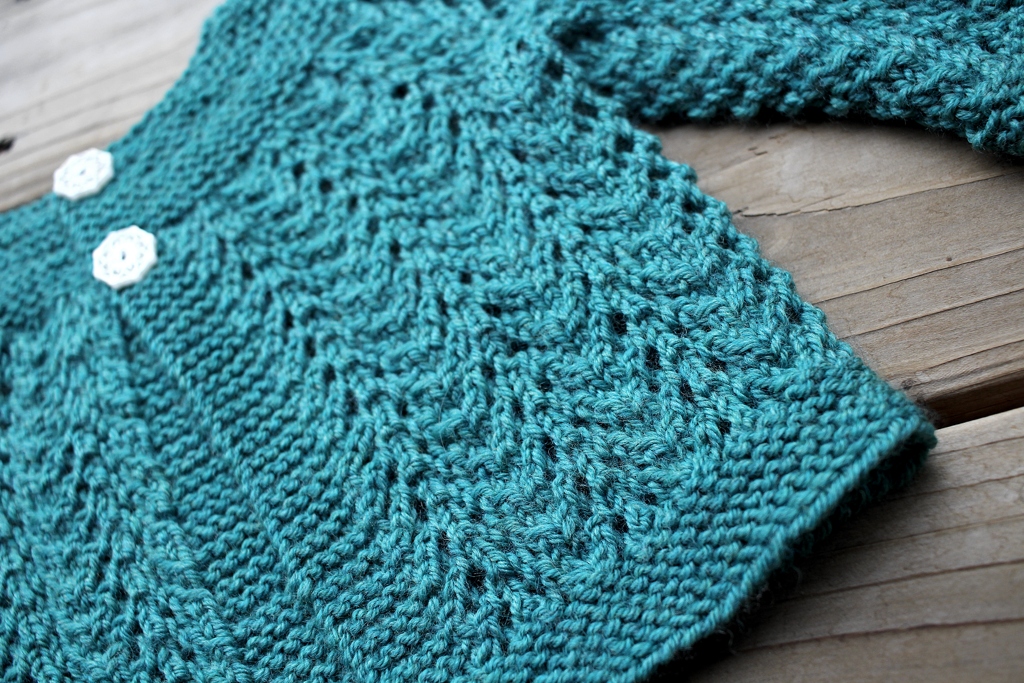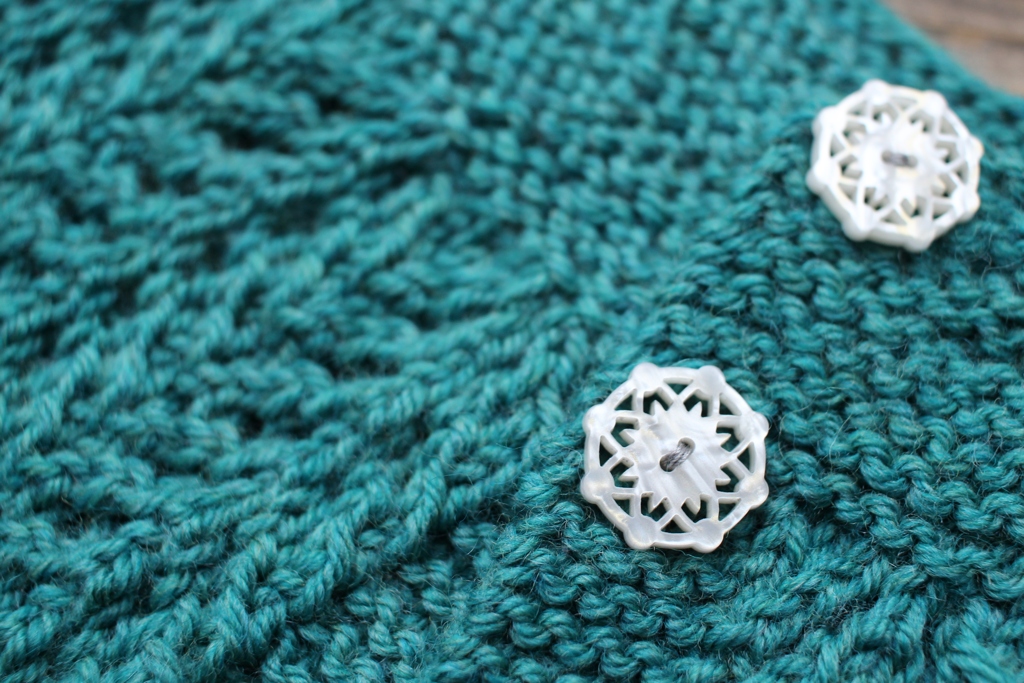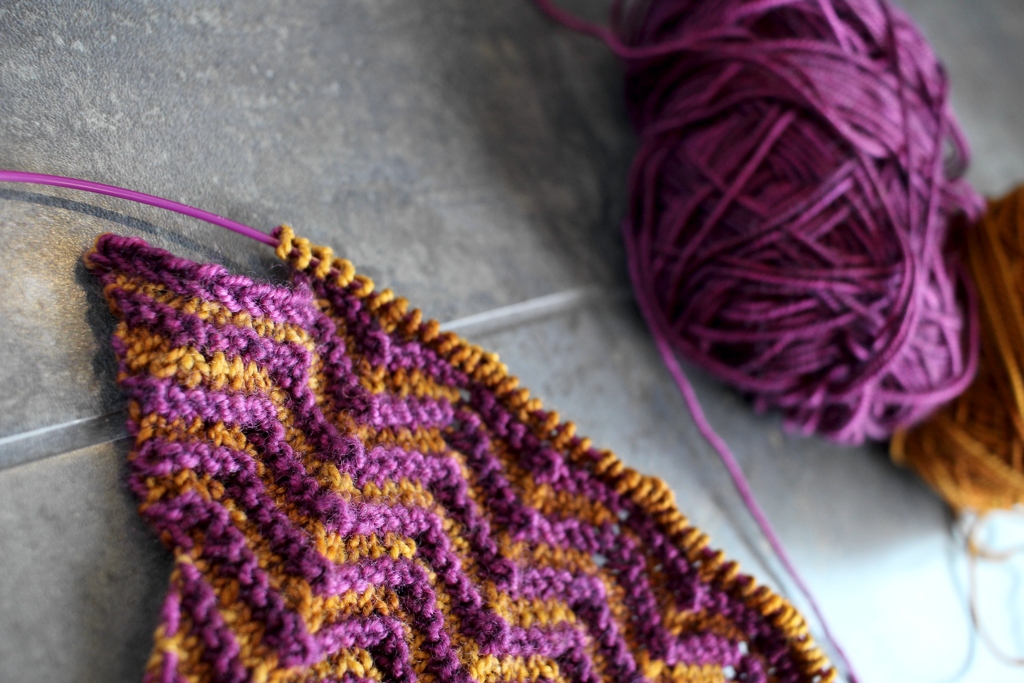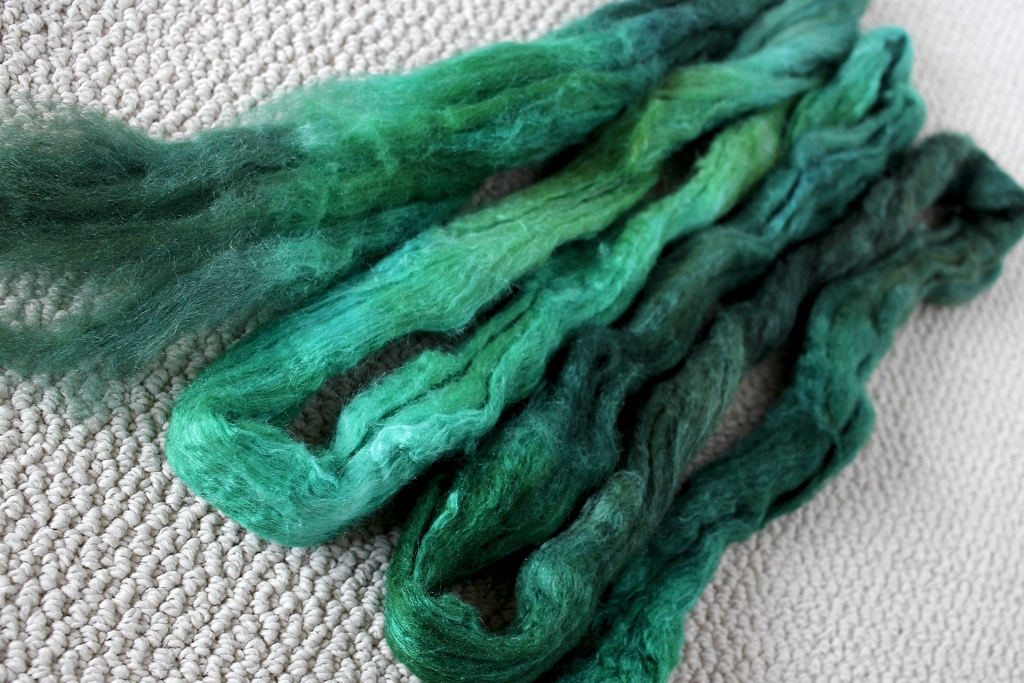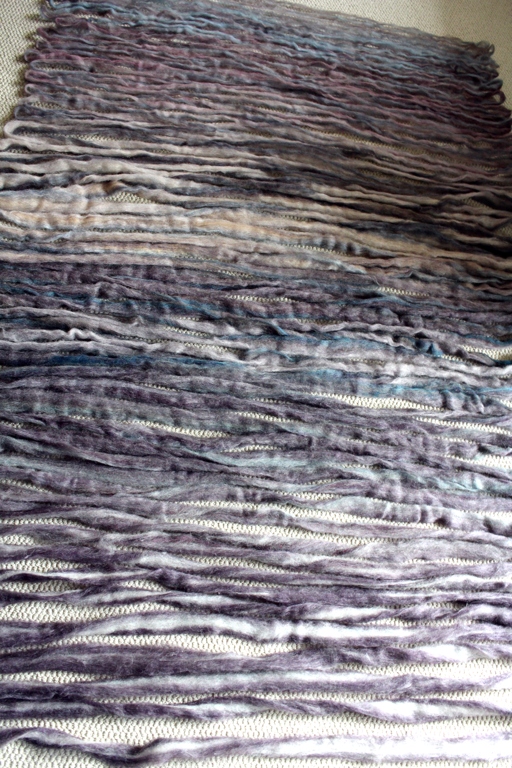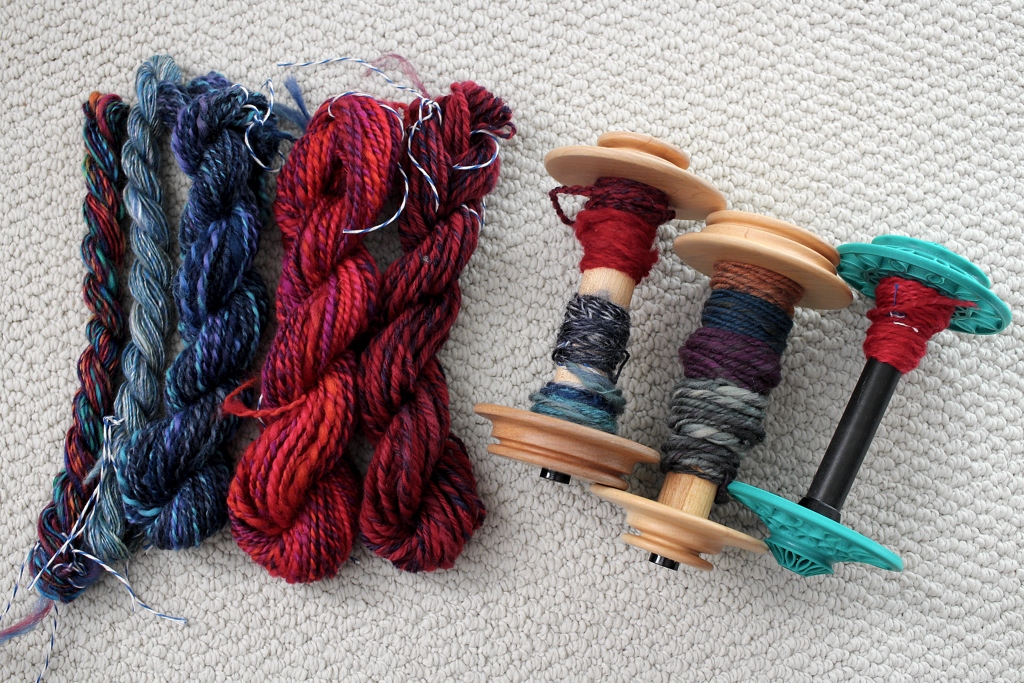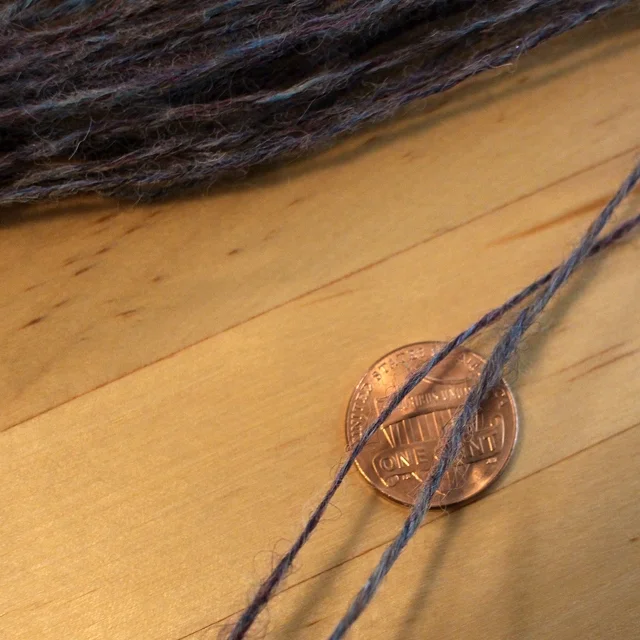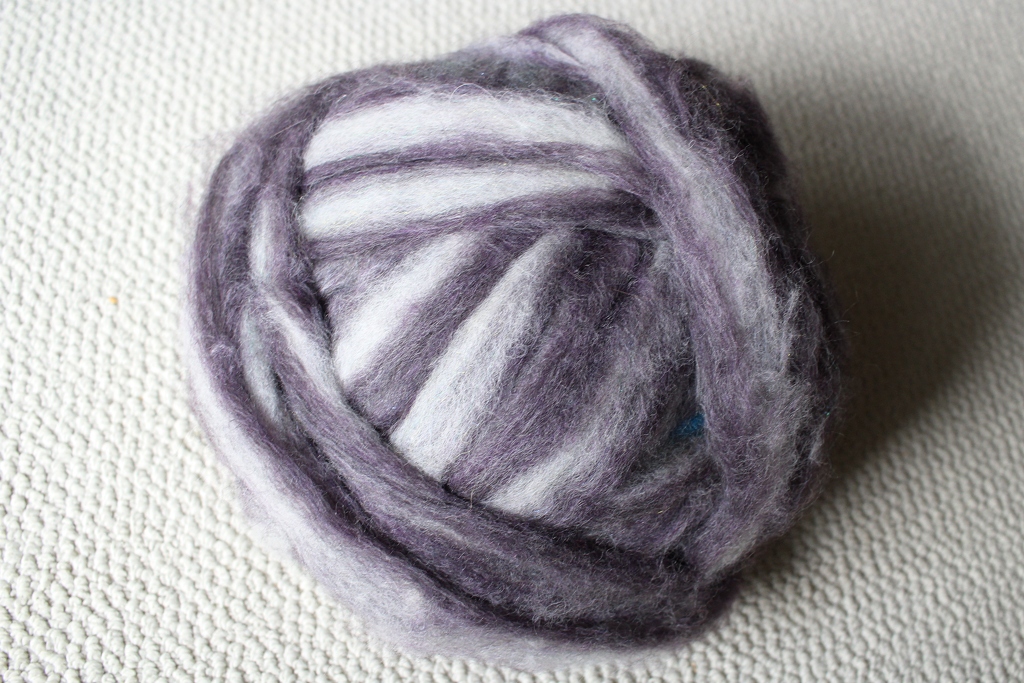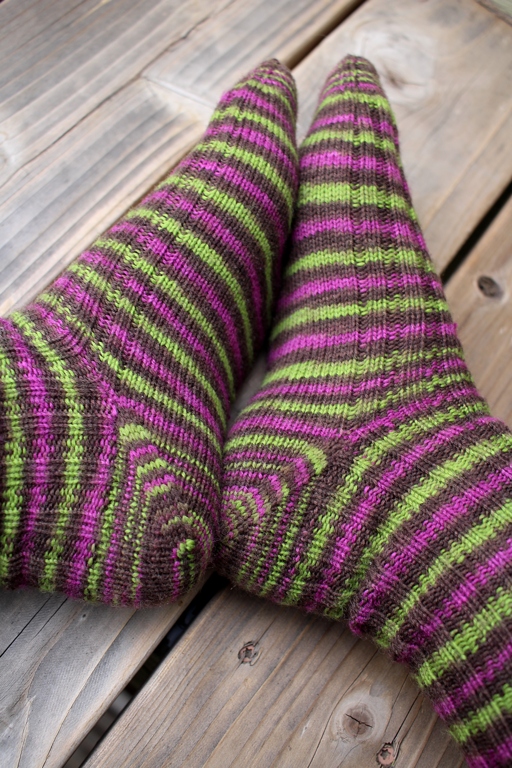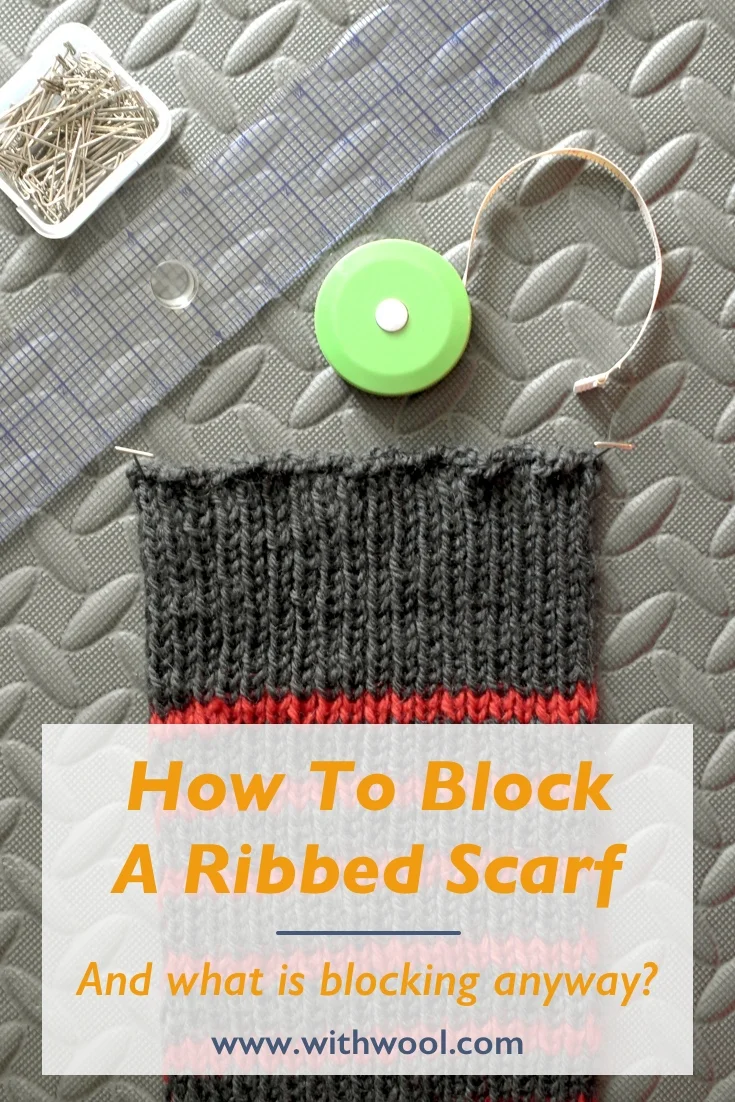Estes Park Wool Market
/Early this year I started putting together a list of 100 things I wanted to do. There are small things like riding my bike around town and big things like taking a trip to Yellowstone. I am no where close to even having 100 things I want to do written down, let alone completed, but a big chunk of that list is fiber arts related. No surprise, right? Well, I wrote “Go to a fiber festival” and I was finally able to do just that on Saturday at the Estes Park Wool Market.
There were sheep, goats, llama, and alpacas. Some of them really hammed it up for the camera.
I tempted the Bearded One to come with me with the promise of herding dogs. We were able to see amazing Border Collies at work, and then we got to pet them! They were such a sweet bunch too. This handsome guy’s name is Bruiser.
There were so many venders with beautiful yarn and fiber, and I couldn’t resist enhancing the stash. I fell hard for 200 yards of bulky 100% alpaca spun together with metallic thread. So soft and cuddly. Then I broke from my usual color scheme and bought a wild variegated skein of pinks mixed with dark, muted colors by Traci Bunkers. And I got an awesome wool/bison felt hat from The Buffalo Wool Co. It kept the sun out of my face for the rest of the day. Looks good too.
The last thing I bought was an orifice hook for my wheel. I’ve only been trying to find one that would comfortably fit my hand for literally years. I found this one at Clemes & Clemes. It’s made of hand turned maple with a long hook and a spot to attach a charm or lanyard. Tried it out when I got home and it’s perfect.
Wool Market was a great first fiber festival and I’m looking forward to going again next year. Hopefully, I’ll remember to sign up for a class or two before the deadline. I’m also thinking about submitting a skein or two to the handspun competition.
Saturday also happened to be World Wide Knit In Public Day. I made sure to get my knit on during a side trip to Rocky Mountain National Park.













